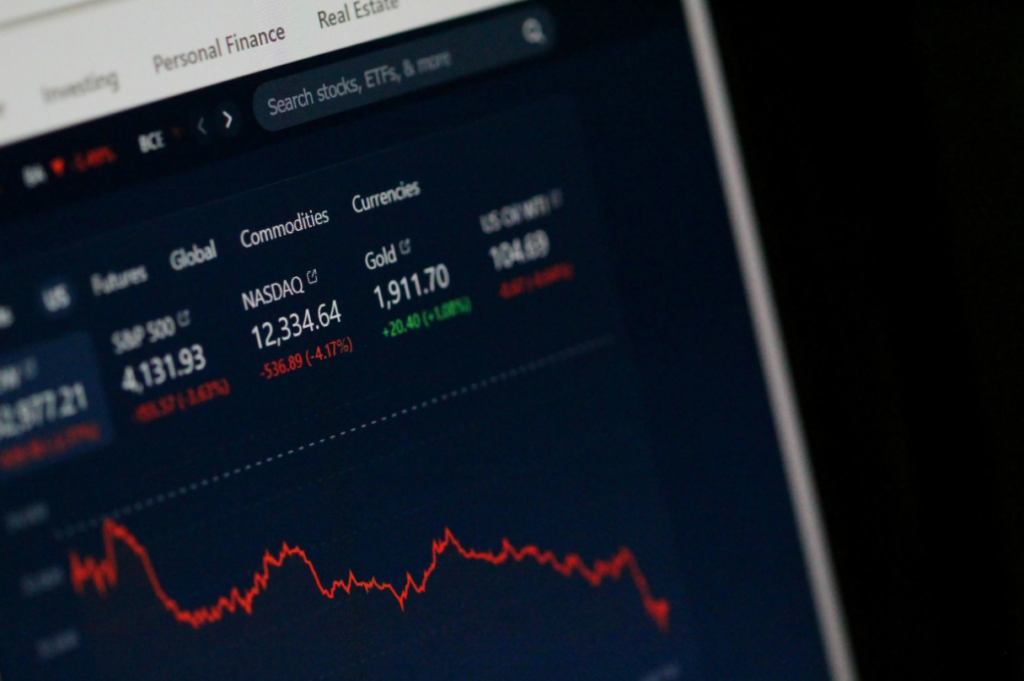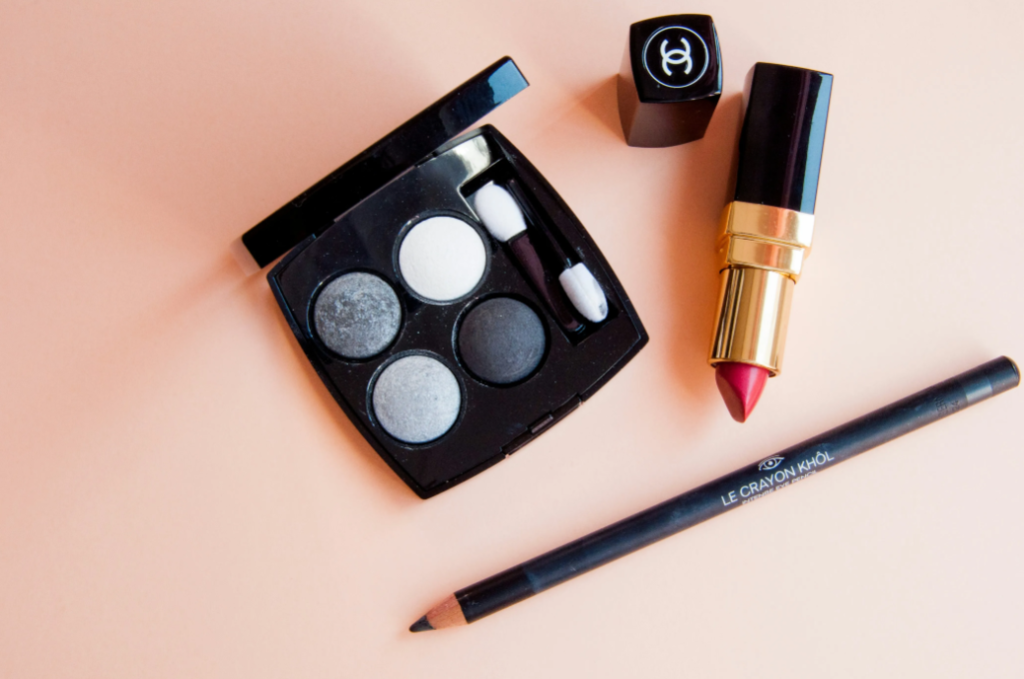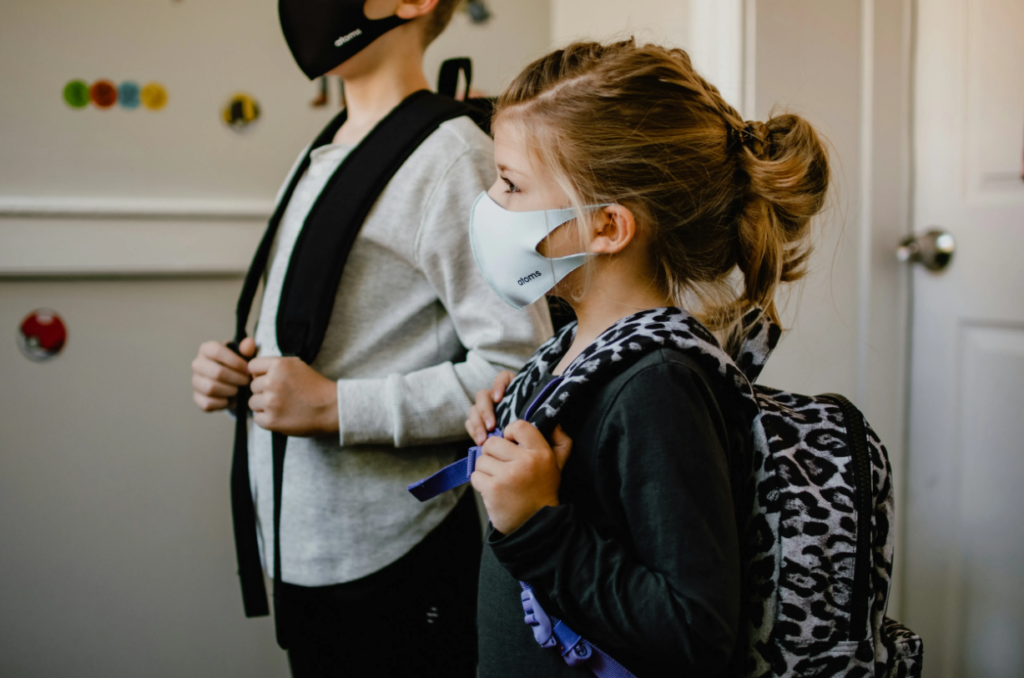We’ve all heard of Temu and how it’s a wonderland of lower-than-market prices. The Gucci leather jacket too expensive to justify a purchase? Now on sale for the price of a chicken casserole. Of course, the elation of the initial purchase is quickly undermined by the actual product. The leather reeks, there are streaks on the lining, and most importantly, the Gs of the logo aren’t even properly aligned. It’s a counterfeit, and not a good one. This is an example of failed brand protection that has allowed low-quality counterfeits to circulate.
What is brand protection? Brand protection is the process of protecting a company from brand abuse. This includes misuse of the brand’s patents, trademarks, and design rights, to name a few. Brand protection is incredibly challenging, for both small and large brands. How, then, do we make sure that our own brands are safe from being copied and used for nefarious gains?

Section 1: Types of Brand Abuse
Brand protection is crucial to mitigate brand abuse. It is an umbrella term that refers to the activities of external parties who try to wrongly use the brand’s IP or reputation. There are several activities that are considered brand abuse.
Counterfeit Goods
Counterfeiting might be the activity we most associate with brand abuse. A counterfeit product is made to imitate those from other brands, meant to capitalize on the recognition of the original product.
In the case of consumer products such as clothing and electronics, the incentive to produce and sell counterfeit goods is high due to the large demand and often high mark up. It’s estimated that in 2019, counterfeit goods accounted for 2.5 percent of global trade. In recent years there has been a surge in counterfeit cosmetics fueled by the huge market demand (the global cosmetics market size was estimated at 295.95 billion dollars in 2023) and easy access to e-marketing platforms.

Trademark Infringement
Trademark infringement occurs when one party uses a trademark that is identical or confusingly similar to a trademark owned by a brand without permission. At times the goal is to direct consumers into believing they are purchasing goods or services from a specific brand, often one that is more reputable or trustworthy. Other times it is to copy the tone or aesthetic of an already existing trademark to boost the visibility and appeal of their own brand.
Scam Websites
Scam websites are websites that are created for financial gain, or in some cases, malicious purposes. They often bear similarities to the websites of authentic brands in order to redirect traffic and generate profit. More specifically, there are four common types of scam websites.
Patent Theft
Patent theft is when a patented invention is used, sold, or manufactured with the patent holder’s permission. We see this happening across all industries, from pharmaceutical to manufacturing to technology. In 2021, Google was involved in a 26-million-dollar lawsuit due to YouTube violating a patent held by VideoShare LLC.
Section 2: Financial Implications
Brand abuse should be a topic of priority for any company, the biggest reason being that it can have serious financial implications if left unchecked. These financial implications come in direct forms, such as a dip in sales, but also in indirect forms, such as expenditure to rebuild brand loyalty.
Lost Revenue
The most direct and noticeable negative impact is of course revenue loss. When a consumer is able to purchase a knockoff Chanel lipstick on Amazon for slightly less, they might be inclined to do so. This funnels sales away from the original brand.

Similarly, if a consumer is looking for legal protection from a reputable law firm, they would search for the name online. However, if they are led to a rogue website that appears untrustworthy, they might reconsider the law firm’s services and choose a different one.
For many brands, most of the company’s efforts are focused on improving sales through positive enforcement measures, such as purchasing ads and upscaling the company website. While these measures are necessary, their effectiveness would be greatly diminished without also employing protective measures at the same time.
Increased Costs
Revenue loss comes in many forms, and not all are immediately quantifiable. There are also invisible costs that come with combatting brand abuse. For example, the costs of legal battles, reclaiming lost market share, and damage control are only some of the less immediate financial consequences.
Not all companies, however, are capable of shelling out resources to combat counterfeit goods. This isn’t simply due to lack of experience, but also because it is long-term and costly. When one Amazon store is shut down for selling fake belt buckles, others will pop up. Digital brand abuse in particular is difficult to clamp out entirely, and often requires the expertise of brand protection services.
Section 3: Reputational Damage
In addition to monetary consequences, brand abuse can lead to reputational damage that is difficult to remedy. Counterfeit products, especially those of low quality, can severely undermine consumer trust in a brand. This erosion of trust can have long-term negative impacts, and makes it challenging to rebuild a brand’s reputation.
Loss of Consumer Trust
In the case of the Gucci jacket, the low price and the awful quality are good signifiers that it could be a counterfeit. However, not all cases of counterfeit goods are so easily distinguishable. For consumer goods such as health products and cosmetics, the product’s faults are much less visible.

According to the U.S. Customs and Border Protection, in 2020 there was a shift towards counterfeits of substandard COVID-19 related products, including test kits, face masks, and Chloroquine tablets. Over 13 million such items were seized in 2020 in the U.S. alone. The substandard products were much less, or not at all, effective in preventing or testing for COVID-19.
In the case of counterfeit cosmetics, they are often produced in illicit factories and contain high levels of toxic metals that have a direct negative impact on consumer health. When it comes to everyday consumer products like these, the consequence of purchasing a counterfeit is not simply a few wasted dollars, but much more severe damage on the consumer’s wellbeing. We can understand then, how this would have immediate and long-lasting damage on consumer trust in your brand.
Brand Dilution
Another consequence is brand dilution. Brand dilution happens when a product doesn’t live up to a consumer’s expectations, and as a result, leads to a negative perception of the brand’s authenticity and trustworthiness.
Daniel Shapiro, the president of Red Points, a brand protection agency, points out that “if a customer receives a product that doesn’t work, they’re more likely to blame the brand’s manufacturing than to question whether it’s fake.” Unless in the most egregiously obvious cases, a counterfeit product is likely to bring into question the legitimacy of the original brand’s quality and reputation.
When consumers purchase a product with the belief that it is genuine, but are met with faulty quality control and unsatisfactory customer service, they are left confused and frustrated. Consumers might leave negative comments about your brand. They might turn around to seek out the service of your competitors. Trust in your brand that took a long time to build is broken. Rebuilding that trust would be difficult, if at all possible.
Conclusion
In order to safeguard the interests of your brand, it’s important to be particularly vigilant and understand the forms that brand abuse can occur. Rather than waiting to respond passively, take proactive steps in protecting your brand by exploring our brand protection assistance and services.
Other than the immediate consequence of profit loss, brand abuse is also often accompanied by legal disputes, not to mention long-term matters of losing customer trust and brand dilution. It’s particularly difficult to rebuild a relationship with customers once they begin to doubt your brand’s quality and authenticity.
